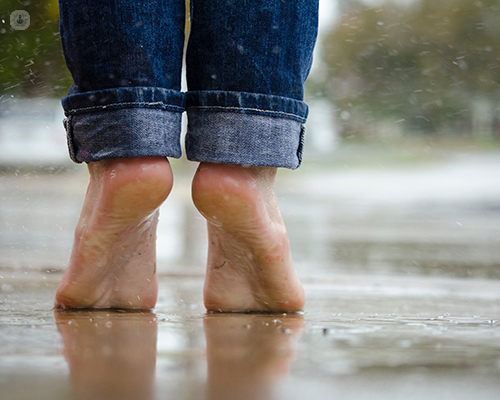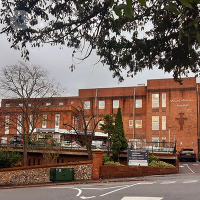Ledderhose disease
Dr Irene De Francesco - Clinical oncology
Created on: 09-13-2022
Updated on: 12-14-2023
Edited by: Conor Lynch
What is Ledderhose disease?
Ledderhose disease is an extremely rare condition that causes various amounts of connective tissue to build up. This results in the formation of hard lumps that appear on the soles of the feet most commonly along the plantar fascia, which is the band of tissue that connects our heel bone to our toes.
Ledderhose disease is related to various other connective tissue disorders, such as Dupuytren's contracture, with these two conditions oftentimes occurring together.

Are the lumps formed cancerous?
Fortunately, the lumps or growths that form are not cancerous. They do, however, cause a significant amount of pain and discomfort.
What age group does it primarily affect?
Ledderhose disease can affect any age group, and can develop at any age. However, it primarily tends to affect the middle-aged or elderly.
What are the main symptoms?
The most commonly reported symptom of Ledderhose disease is hard lumps on the soles of one or both feet.
There are other symptoms, which include:
- tightening of the skin
- pins and needles
- ankle joint pain
- foot pain
What causes it?
Ledderhose disease occurs as a direct result of the thickening of the fascia connective tissue. The exact cause of this thickening is unknown, though.
What are the main risk factors?
Various factors and medical conditions can increase one's chances of being diagnosed with Ledderhose disease. These include the following:
- diabetes
- chronic liver disease
- frequent alcohol consumption
- repeated injuries to the foot
How can Ledderhose disease be treated?
Ledderhose disease is histologically related to Dupuytren's disease, which has been successfully treated for years with radiotherapy. Many conservative treatments have been advanced for plantar fibromas.
Physiotherapy can be a highly effective treatment option for patients who notice that their symptoms have not improved after trying soft shoe inserts, regular foot massages, and applying ice on the foot frequently. If there is still no noticeable improvement, then there are two treatments that can be offered to the patient: surgery or radiotherapy.
Surgery can be performed as fasciectomy or as cryosurgery.
Radiotherapy is a non-invasive treatment that can be offered as an outpatient procedure. It requires attending five sessions over five consecutive days, followed by a further five sessions following a gap of eight weeks.
Is it common for Ledderhose disease to recur?
It is, unfortunately, possible that patients experience a recurrence of Ledderhose disease. You are at a higher risk of recurrence if you fall under the following categories:
- both of your feet were affected
- you are male
- you have a family history
- you got the disease when you were under the age of 50



